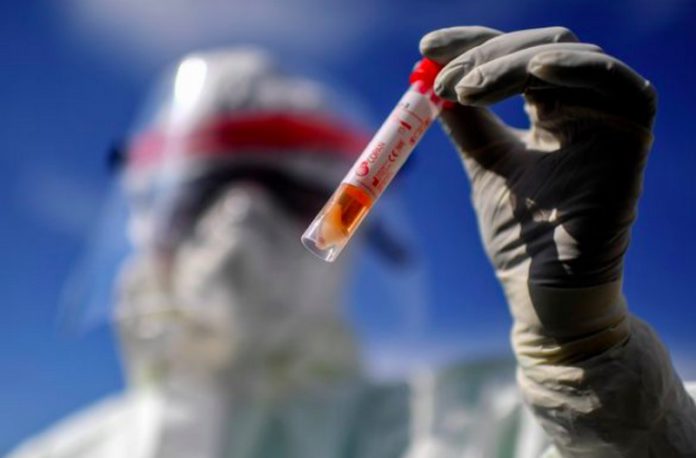Coronavirus pandemic has infected close to 8 million people globally, and newer infection cases are being reported every single day. While there is no clear date to mark the end of the deadly pandemic, a body of experts feel that nature might be the only thing saving us from the pandemic.
While it has long been debated whether coronavirus could survive, or strike more rapidly in the harsh summers, monsoons or colder climates, a study published in the journal Engineering Infectious Diseases suggest that coronavirus, even if prevalent, could stay virulent for different durations depending on the climatic conditions. The study implies that environmental conditions could actually affect how powerful or “weak” SARS-COV-2 is.
With a second wave of infection worrying experts, the study’s observations could throw light at the future rise in infections.
The study
For the research, scientists collected samples from COVID+ patients residing in different places. The samples were analysed to detect the viral genetic material, RNA in them for a week’s time.
The COVID-19 strain under study was mixed with specimens swabbed from the nasal throat as well as human sputum, which were then exposed to three different sets of temperature and humidity.
After the end of the study, there was a difference in the viral spread. It was seen that while the viral RNA was constantly present through a period of time, the virus itself, was present in the body for 12-48 hours, depending on the climate and environmental conditions.
As per the study, samples exposed to warmer climate showed a drastic reduction in surface stability of the virus, meaning that there is a decreased rate of viral transmission. The same wasn’t seen in other climate conditions under study.
It was further seen that while the virus seemed to peak at low-temperatures, warmer climates, coupled with high humidity seemed to “weaken” its strain.
If this is indeed true, it could help prevent, or know about the future spread of the disease. Interestingly, British scientists, three months back claimed that coronavirus, much like other viral infections could be more powerful in the winter months and colder climates. More research is needed to conclude the same.
Recently, there was another claim doing the rounds which related the occurrence of the solar eclipse (which happened on June 21) and weakening of the infection.
Dr KL Sundar Krishna, a Chennai based Nuclear and Earth Scientist claimed that the present COVID-19 wave was linked to a solar eclipse which happened on December 26, just around the time when the first cases were being reported. Likening the infection to a natural occurrence, he also said the COVID-19 was likely to weaken down post the annular eclipse, which took place recently on June 21, adding that there is a “planetary configuration with new alignment in the solar system” which gave rise to coronavirus. This claim has no other science-based backing, neither has been attended to by the WHO.

